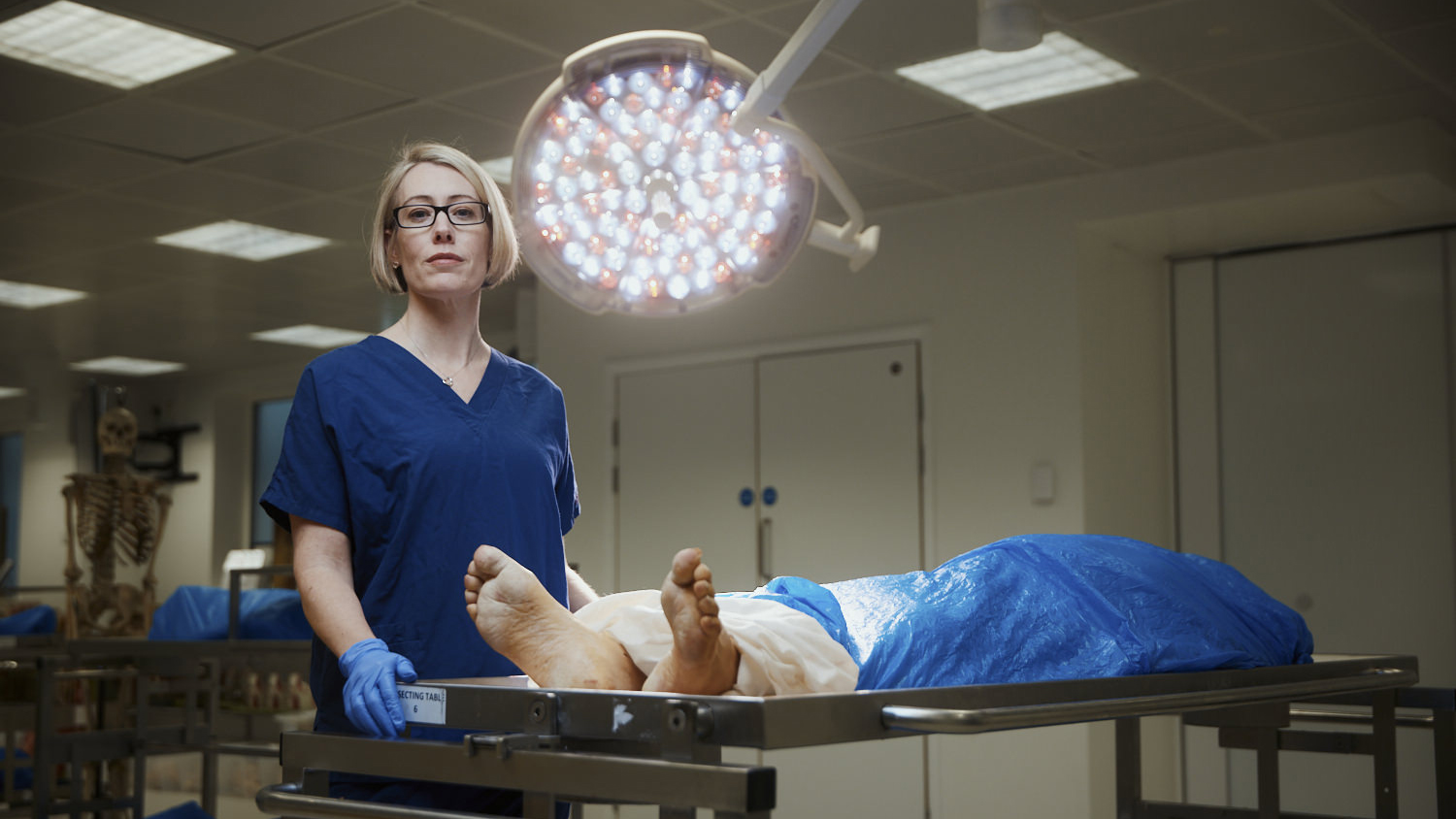On a table under the bright halogen lights of the anatomy room in the University of Plymouth’s medical school is Carl, a former death row prisoner from the US, who was killed by lethal injection. Carl is lying on his back, a pool of chins gathering on his broad neck. He is bald, muscular and naked except for a white cloth draped across his hips. With a deft hand movement, the medical school’s lead in anatomy, Dr Siobhan Moyes, rolls him onto his side. Then she slices his torso diagonally, from his left shoulder to his lower right rib, so she can show me the chambers of his heart.
“Carl” was a real person — the convicted murderer Joseph Paul Jernigan, who was executed in



